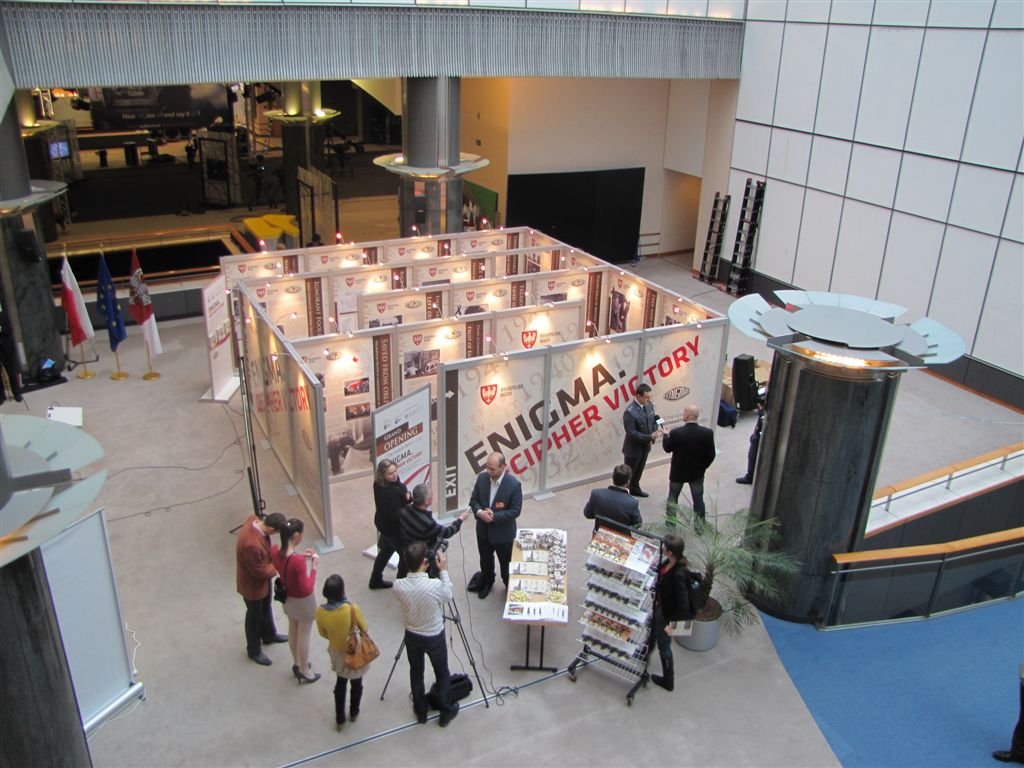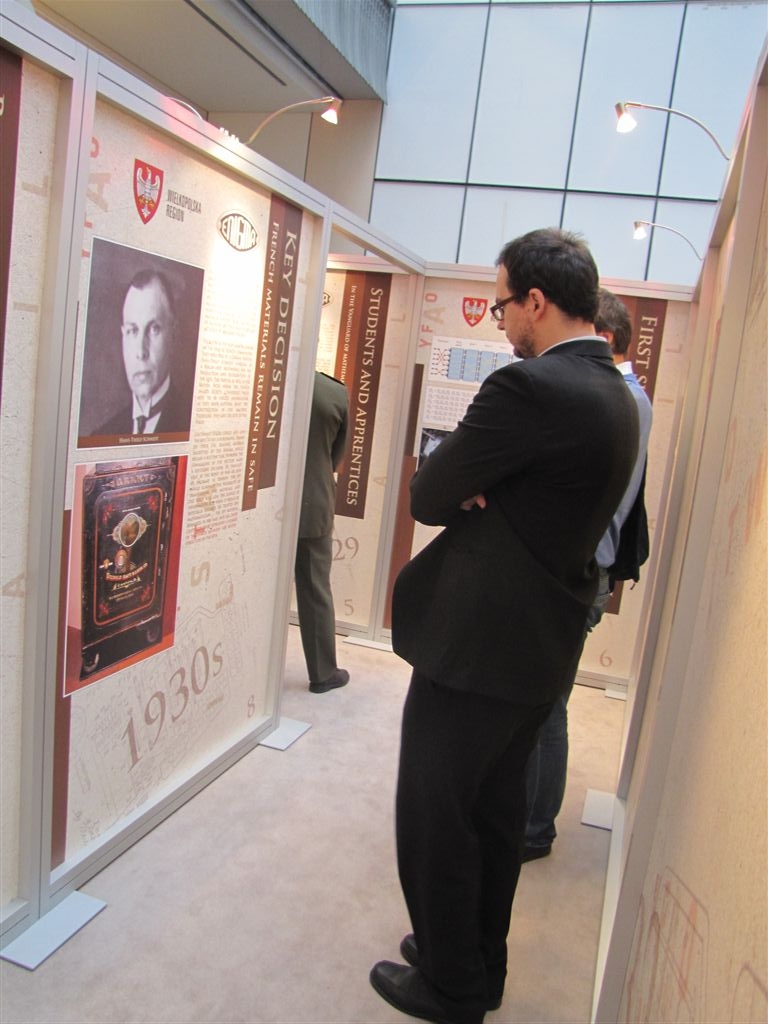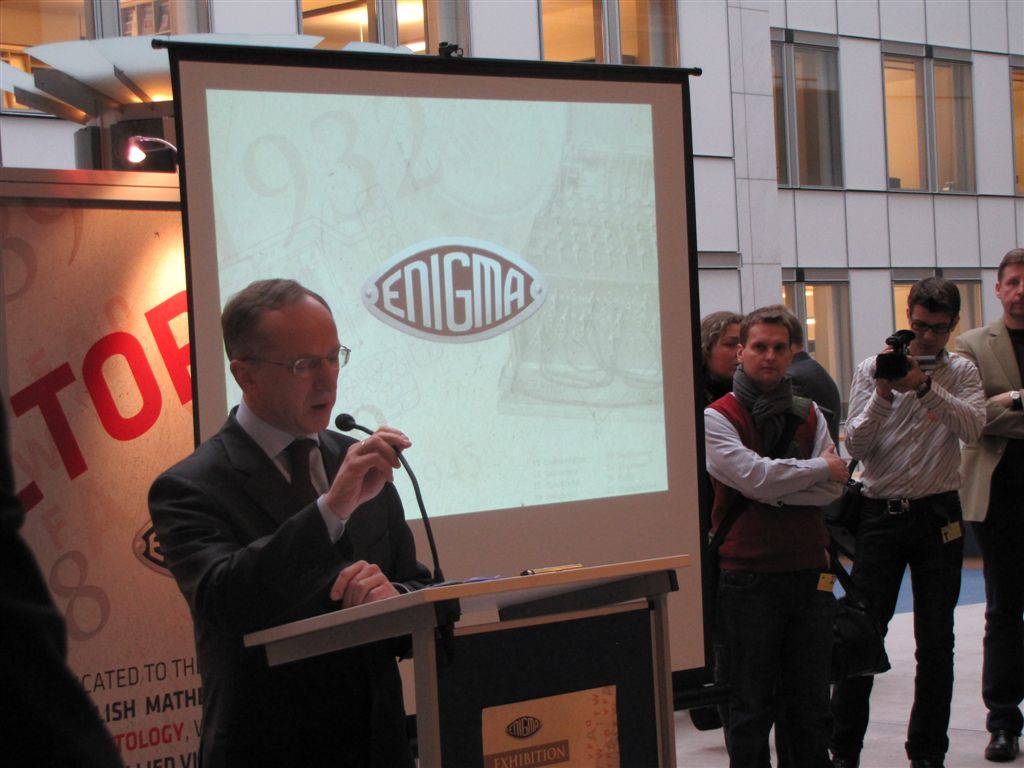 On 7 December the European Parliament in Brussels hosted an opening of the exhibition “Enigma. Decipher Victory,” which was organised by Marek Woźniak, President of the Wielkopolska Region in cooperation with Konrad Szymański, Member of the European Parliament. The event was attended by over 100 people representing the European Parliament, embassies accredited to the EU, NATO and the Kingdom of Belgium, as well as journalists from the Polish and European media. Responding to the strong interest expressed by the visitors, the exhibition will remain in Brussels until 16 December and not, as planned earlier, until 9 December. The protagonists of the exhibition are the Polish mathematicians, whose achievements contributed to breaking the codes of the famous German Enigma machine. The vernissage featured a multimedia lecture by Marek Grajek, PhD – the author of one of the more important monographs on the subject entitled “Enigma. Closer to the Truth.”
On 7 December the European Parliament in Brussels hosted an opening of the exhibition “Enigma. Decipher Victory,” which was organised by Marek Woźniak, President of the Wielkopolska Region in cooperation with Konrad Szymański, Member of the European Parliament. The event was attended by over 100 people representing the European Parliament, embassies accredited to the EU, NATO and the Kingdom of Belgium, as well as journalists from the Polish and European media. Responding to the strong interest expressed by the visitors, the exhibition will remain in Brussels until 16 December and not, as planned earlier, until 9 December. The protagonists of the exhibition are the Polish mathematicians, whose achievements contributed to breaking the codes of the famous German Enigma machine. The vernissage featured a multimedia lecture by Marek Grajek, PhD – the author of one of the more important monographs on the subject entitled “Enigma. Closer to the Truth.”
The exhibition – arranged in the form of a labyrinth – is presented in on 23 theme boards. Its aim is to remind visitors of and bring to their attention the significance of the role played by the Polish mathematicians in breaking the Enigma code. The exhibition also serves as an opportunity to retell the tragic stories of those whose knowledge and skills made it possible to save millions of people in the time of World War II. The Polish success in the field of cryptology was one of the turning points in the difficult process of trying to stop the madness of mutual destruction.
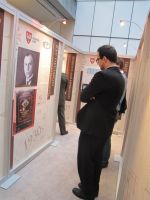
Organised in Brussels by the President Woźniak and Konrad Szymański MEP, the exhibition commemorates the success of Marian Rejewski and his colleagues, Jerzy Różycki and Henryk Zygalski, who – besides breaking the Enigma code – laid the mathematical foundations for tackling ciphers. It was their joint work that revolutionised cryptology. Let us not forget that the world only got to know in the mid 1970s about the breaking of the Enigma code and the key role of Polish mathematicians in this success. The exhibition in the European Parliament also touches upon many other interesting aspects of this fascinating story.
President Marek Woźniak has been consistently popularising knowledge about the Polish scientists and employees of the Cipher Bureau. At least one of his initiatives is worth mentioning – the one which resulted in bringing back in November 2008 to Poland, to Wielkopolska’s Szamotuły, the ashes of Lt. Col. Maksymilian Ciężki, who before World War II was the head of the German section of the Polish Cipher Bureau. The figure the of Lt. Col. and his tragic fate constitute another page in wartime history marked by heroic patriotism. In July 2009, during the Polish Day in the museum, an exhibition dedicated to Ciężki was opened in Britain’s Bletchley Park, which had been the headquarters of the secret cryptography centre during the war. Last November, the Main Hall of the Wielkopolska Voivodship Office in Poznań featured an exhibition of 17 boards with photographs and the biographies of Lt. Col. Ciężki and his family, as well as other members of the Cipher Bureau.
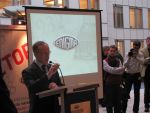 The opening of the Brussels exhibition, which is addressed to Members of the European Parliament, is accompanied by, among other things, a colour brochure and a puzzle cube. Thanks to the efforts of the Polish Ambassador in Brussels, Sławomir Czarlewski, and the Information Office of the Wielkopolska Region in Brussels, interest in the exhibition has already been expressed by the prestigious Royal Museum of the Army and Military History in the Belgian capital. More exhibitions of this type could be organised in Europe as part of the Polish Presidency in the EU. The exhibition also became a wonderful occasion to promote the Wielkopolska Region, not only by displaying its logo, but also through showing colourful information about the region.
The opening of the Brussels exhibition, which is addressed to Members of the European Parliament, is accompanied by, among other things, a colour brochure and a puzzle cube. Thanks to the efforts of the Polish Ambassador in Brussels, Sławomir Czarlewski, and the Information Office of the Wielkopolska Region in Brussels, interest in the exhibition has already been expressed by the prestigious Royal Museum of the Army and Military History in the Belgian capital. More exhibitions of this type could be organised in Europe as part of the Polish Presidency in the EU. The exhibition also became a wonderful occasion to promote the Wielkopolska Region, not only by displaying its logo, but also through showing colourful information about the region.
The honorary patronage over the exhibition is held by Jan Tombiński, the Permanent Representative of the Republic of Poland to the European Union, and Bogusław Winid, the Polish Permanent Representative to the NATO.
Autor: Spokeswoman of the Wielkopolska Region Office in Poznań



